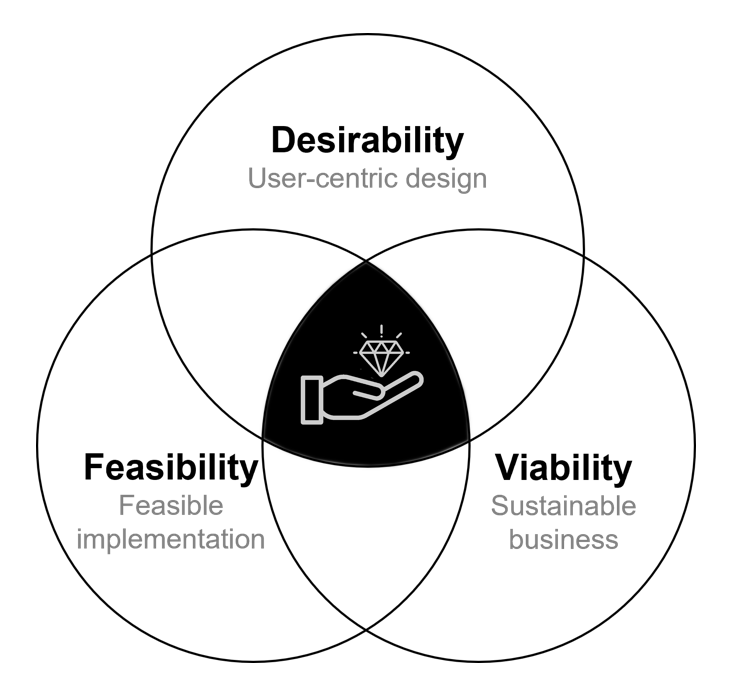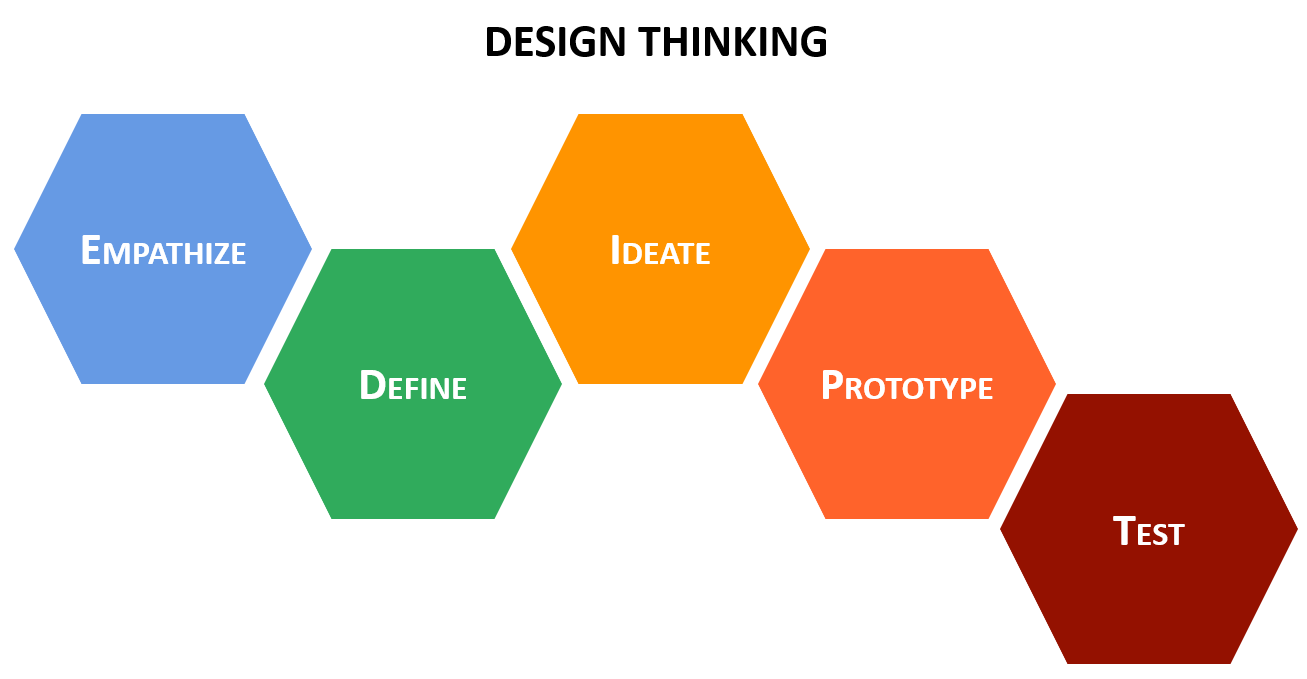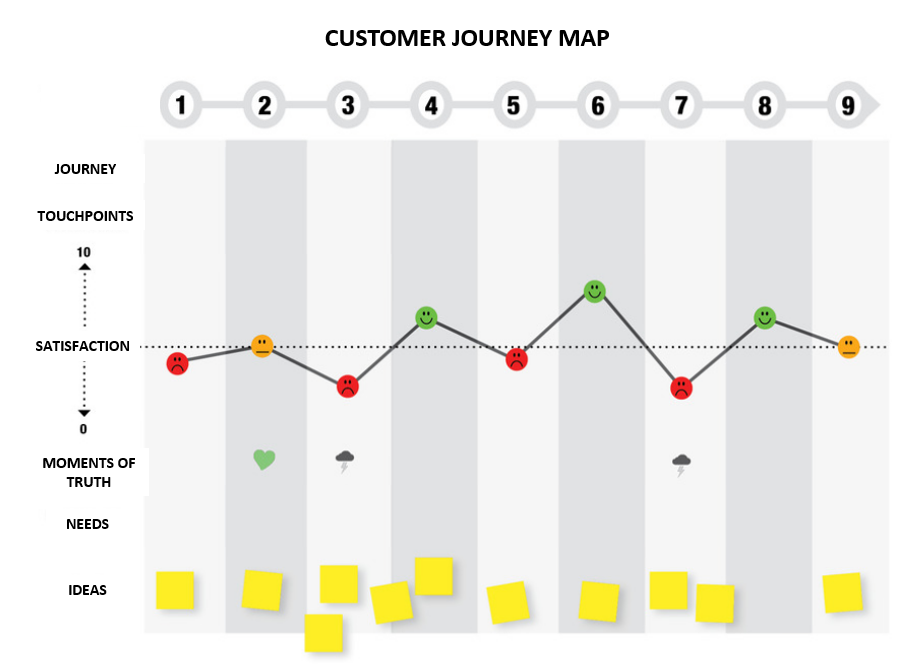INTRODUCTION
Innovation at the point of sale in the optical shop improves the customer experience and helps the store stay competitive in the market. Innovating is the process that transforms challenges into new solutions that add value. To add value, the result of any innovation must be: Desirable, Feasible, and Viable. This principle is key in the design of innovative products and services. Each of these terms represents a different dimension that must be considered to ensure that an innovation is successful and sustainable in the long term.

Image 1: Innovation principle key.
- Desirable: Innovation must be desirable for users, that is, it must satisfy their needs, desires, and expectations. This involves having a deep understanding of users, their problems and opportunities, and developing solutions that are engaging and meaningful to them.
- Feasible: Innovation must be feasible from a technological and operational perspective. This implies that it has to be possible to develop and produce the solution effectively, considering the limitations and resources available, as well as the technological possibilities and limitations.
- Viable: The innovation must be viable from a financial and economic perspective. This implies that there must be a solid business model in place that allows the solution to be profitable and sustainable in the long term. The cost and benefit of the innovation must also be considered, as well as its social and environmental impact.
HORIZONS OPTICAL & DESIGN THINKING
At Horizons Optical, Design Thinking is used as a methodology for the creation of user-centered products and services, which enables us to solve problems in a creative and innovative way. The process consists of five stages:
- Empathize: Seeking to deeply understand the needs and desires of users, through research techniques, such as observation, interviews, and surveys.
- Define the problem: The problem that needs solving is defined based on the information collected in the previous stage.
- Ideate: Creative and diverse ideas are generated to address the problem, using brainstorming techniques and other idea generation methods.
- Prototype: Prototypes of possible solutions are built, with the aim of testing and learning from them.
- Test: The prototype is tested with users to get feedback, iterate, and improve the solution.

Image 2: Design thinking visual map.
CUSTOMER JOURNEY MAP
The Customer Journey Map is a research technique (user research) used to visualize and understand the journey that a customer takes from the moment they realize a need, until they reach a specific goal. In collaboration with opticians and customers, Horizons Optical has illustrated the complete visual map of the shopping experience in optical shops from two points of view: that of the optician and that of the customer. In this way, the different stages of the process, the points of contact, the emotions, and expectations of the two users at each stage, as well as the moments of truth found along the way, have been defined. Obtaining this knowledge has been fundamental in designing our portfolio of products and services.

Image 3: Customer journey map.
HORIZONS OPTICAL SOLUTIONS
Horizons Optical has developed various innovations in the field of retail, which use disruptive and cutting-edge technologies to improve the customer experience. These technologies include virtual reality, 3D printing, and artificial intelligence, among others.
Among the solutions offered by Horizons Optical is Invision FIT, a 3D frame centerer that allows you to obtain the necessary measurements of the position of wear to offer high value-added lenses. There is also Invision Made4U, which offers 3D frames customized to the user’s morphology and customized with the user’s preferred colors and engraving. Invision 360Depict, a 3D thickness comparator that allows the optician to choose the best option and show it to their clients with a wow effect.
Another disruptive innovation is mimesys® Lens, the progressive lens customization that takes into account the gaze dynamics recorded in a virtual environment. mimesys® Coach is a virtual experience for educational and demonstrative purposes to show users how seeing with progressive lenses feels.
In addition, we have IR and Natural coating demonstrators, which allow us to clearly and visually demonstrate the advantages of each coating.
All of these solutions aim to improve the customer experience and offer a high-quality and personalized service.

Image4: Horizons Optical customer journey.
The underlying purpose is to offer society better vision, combined with an exciting in-store experience to become a strategic partner for optical laboratories and retailers, accelerating the adoption of new technologies that improve the quality of optical solutions and services.
References
(1)Ries, E. (2011). The Lean Startup: How Today’s Entrepreneurs Use Continuous Innovation to Create Radically Successful Businesses. Crown Publishing Group.
(2)Brown, T., & Katz, B. (2013). Design Thinking: Integrating Innovation, Customer Experience, and Brand Value. HarperCollins Publishers.



